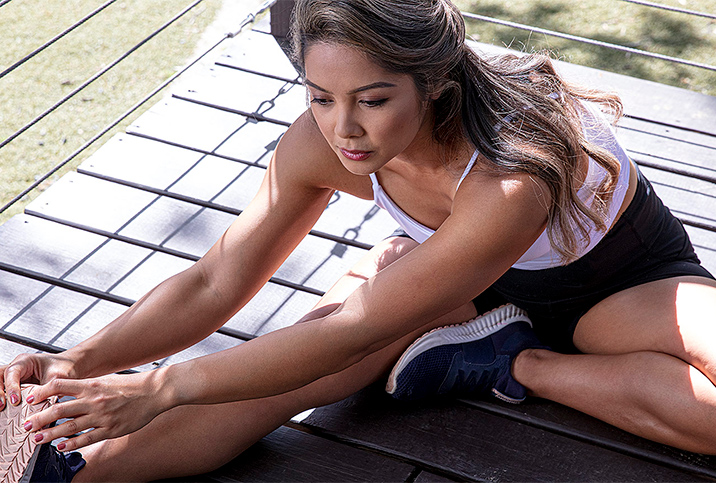Obviously, your physical health plays a significant role in overall happiness and well-being.
People who maintain good physical health are more likely to live longer lives, and tend to be more productive and able to retain physical independence well into old age.
Learn more about the factors that contribute to physical health and how to become and stay physically healthy.













